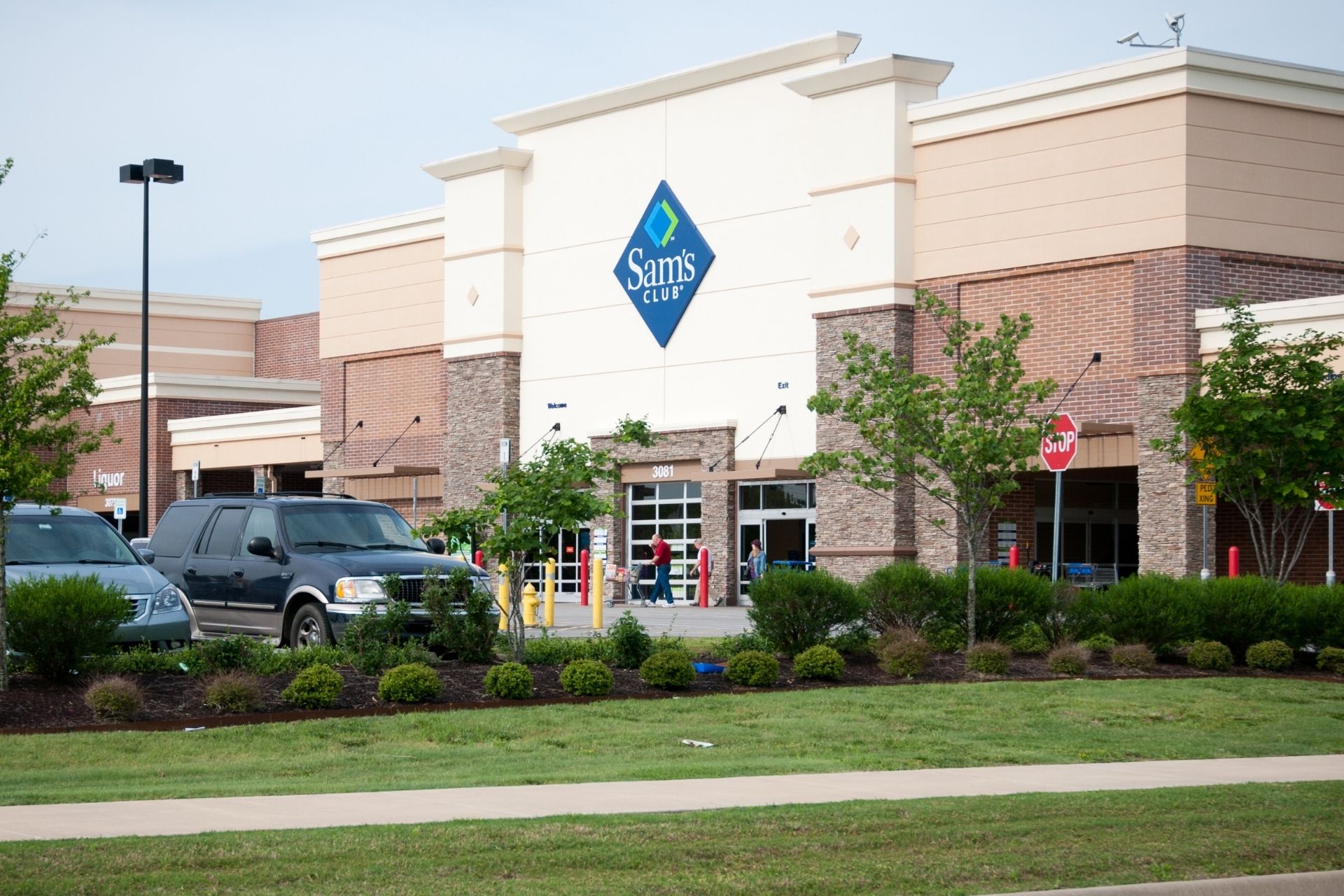The COVID-19 pandemic gave wholesale clubs Costco Wholesale Corp., BJ’s Wholesale Club and Sam’s Club a lift and strength carried throughout 2021, according to traffic tracker Placer.ai, but even if early 2022 data suggests that the retail channel is undergoing a mild correction following the record-breaking foot traffic numbers of the previous year, comparisons to pre-pandemic metrics showed the sector maintaining vitality.
From May to July, monthly visits to all three wholesale clubs remained below 2021 levels, with July 2022 foot traffic to Costco, BJ’s, and Sam’s Club saw an 8.9%, 8%, and 6% decrease, respectively, versus the same month in 2021. Yet, year-over-three-year numbers showcase just how much the category has grown recently, according to Placer.ai. With the exception of March 2022, when initial fuel price hikes rattled consumers and likely cramped spending generally, the three wholesale retailers saw their 2022 monthly visits increase significantly versus 2019, Placer.ai noted. In July 2022, visits exceeded July 2019 by 3.4%, 7.5% and 10.5% for Costco, BJ’s, and Sam’s Club, respectively.
Membership gains in the pandemic are a probable cause of traffic strength, the market research firm noted.
Sam’s Club led the club sector in year-over-three-year club traffic. Although there could be many reasons driving Sam’s Club’s success, including the brand’s periodic limited-time $8 membership offers, Placer.ai indicated that another important factor could be the brand’s consumer base.
The firm took census data and analyzed the income distribution in the three brand’s True Trade Area, or geography where 70% of the brand’s consumers reside, and discovered more than 50% of Sam’s Club’s members belong to households where the annual income is under $5,000K, compared to 45.4% for BJ’s Wholesale Club and 40.1% for Costco Wholesale. Conversely,14.8% of Costco members belong to households where the annual income is over $150,000, compared to 12.8% for BJ’s and 7.5% for Sam’s Club. The numbers suggest that inflation is having the greatest impact on Sam’s Club members, and so they and other lower-income warehouse club shoppers are more likely to shift spending to stretch their budgets, including increasing trips to the local wholesale club.





